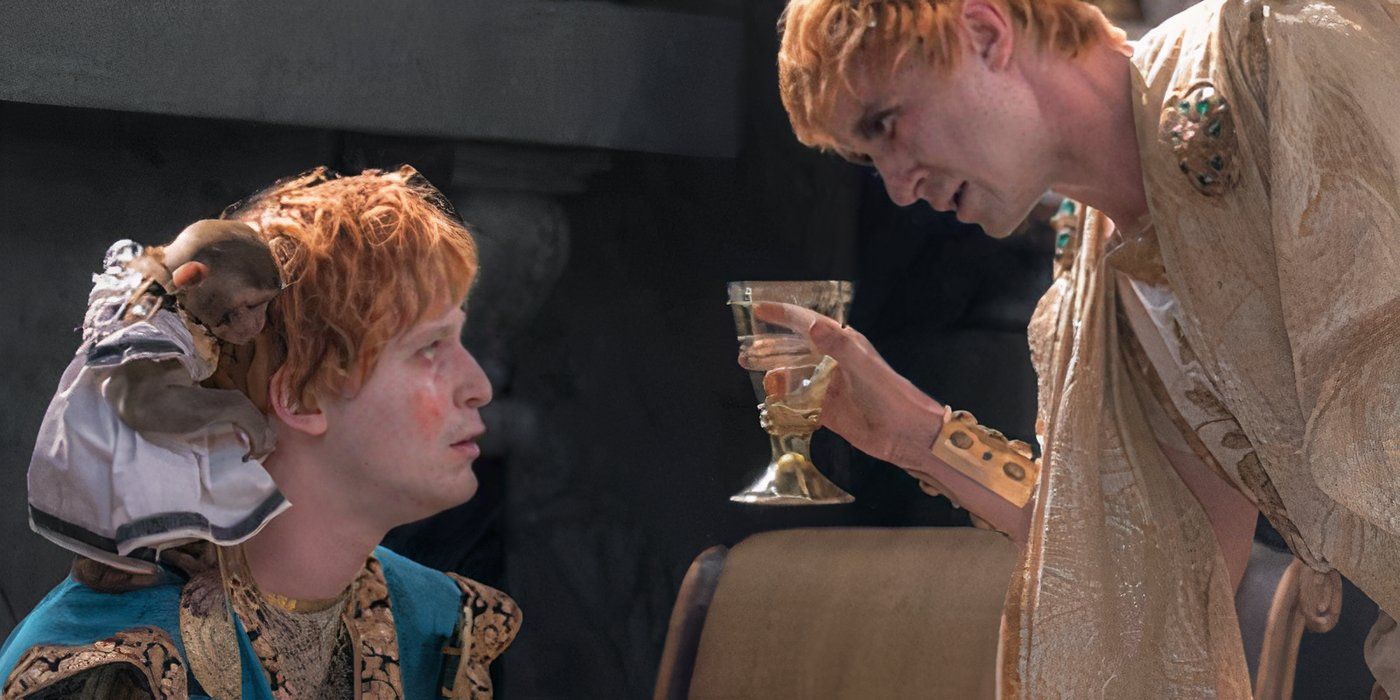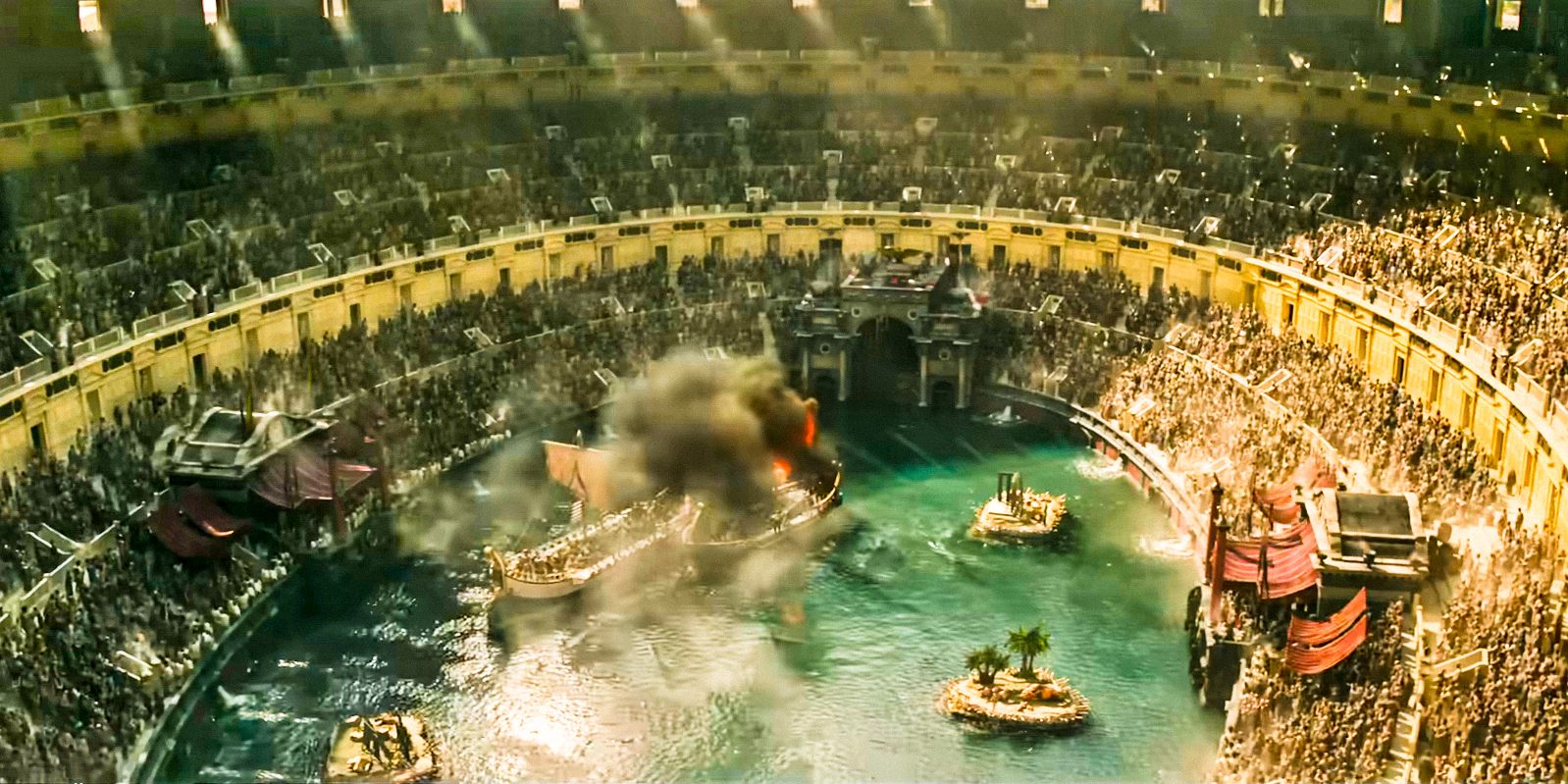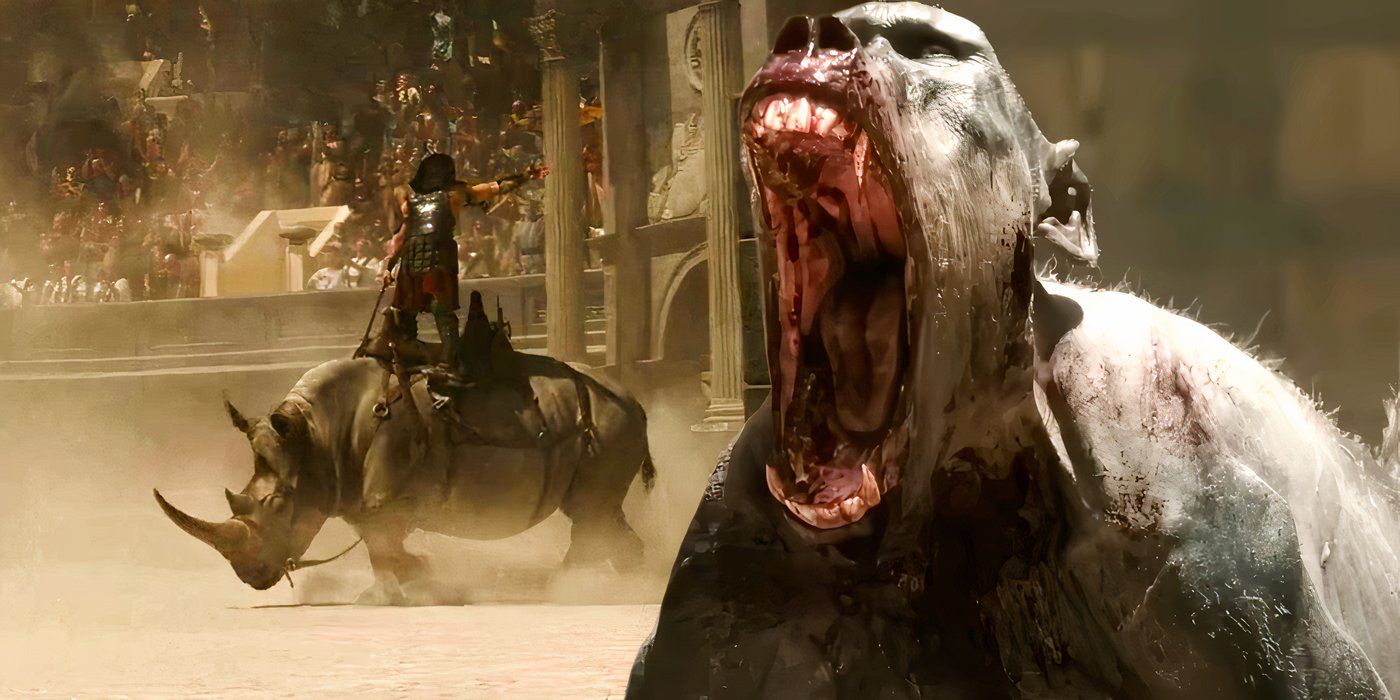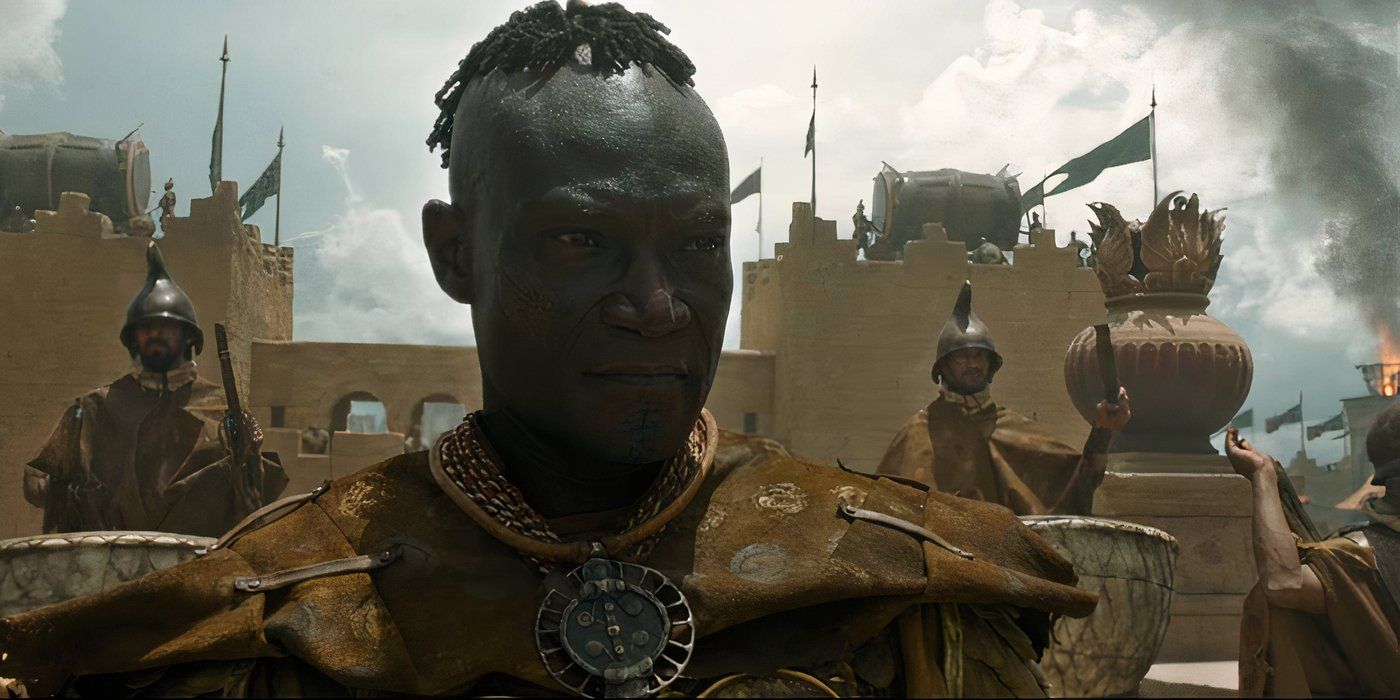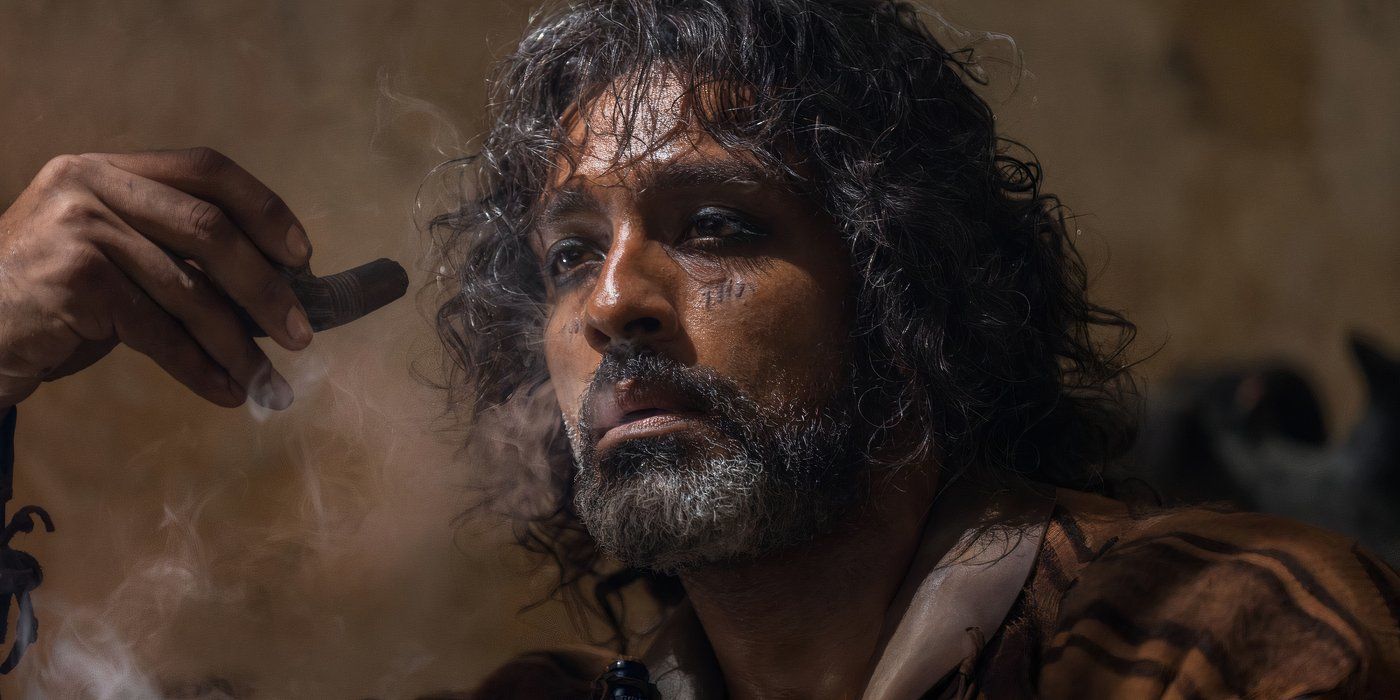
Gladiator 2 True Story Explained: How Much Was Real
Warning! This article contains spoilers for Gladiator 2.
Gladiator 2 includes several elements that are taken from real Roman history, but the extent of its fidelity has often been questioned. The film is based around 16 years after the events of the first movie, with Gladiator 2‘s Lucius Verus taking center stage from Maximus Decimus Meridius. Played by Paul Mescal in Gladiator 2‘s ensemble cast, Lucius undergoes a similar journey to Maximus’ from the original movie, as a soldier becomes a gladiator who stands against the corruption of Rome’s political landscape.
As is the case with several of his allies and enemies, Lucius Verus is a Gladiator character based on real life. As they are set against the backdrop of ancient Rome, Gladiator and Gladiator 2 have often been at the center of explorations into how accurately they depict this setting. While the exaggerated Hollywood aspects needed to make them compelling movies are prevalent, the historical accuracy of both Gladiator and Gladiator 2 also shines through in moments. That said, it is worth exploring which elements of Gladiator 2 are versed in real history, and which are fictional.
Emperors Geta & Caracalla Did Rule Rome
The Twin Emperors Of Rome Were Real
Two of the antagonists of Gladiator 2 are the Emperors Geta and Caracalla. Given their over-the-top theatrical presentation in the film, one could be forgiven for assuming they were crafted for the story. However, Caracalla and Geta were real Roman Emperors. After the death of Emperor Commodus in 192 AD, many began vying for the throne in what became known as the Year of the Five Emperors. Eventually, a claimant named Septimius Severus won out over his competitors and became the Roman Emperor between 193 AD and 211 AD.
Related
Gladiator 2’s Roman Emperors Explained: True Story & Why There Are Two
Unlike the first movie, Gladiator 2 features two different Roman emperors. While this might seem strange, its rooted in real historical fact.
One of Gladiator 2‘s made-up aspects is that Caracalla and Geta are twins; in real life, they were brothers sired by Septimius Severus, but Caracalla was older. Caracalla became co-emperor with Severus in 198 AD at only 10 years old, with Geta following suit in 209 AD. After Severus’ death, the duo became increasingly untrusting of one another. Eventually, Caracalla killed Geta, much like he does in Gladiator 2, before being assassinated himself by Macrinus, as also takes place in the movie. However, the timeline of Gladiator 2 makes these events happen much closer together, changing aspects of history.
Lucius, Lucilla, And Macrinus All Existed In Real Life
Though Their Stories Are Very Different
It was not only Gladiator 2‘s Emperors that existed in real life, but also characters like Lucius, Lucilla, and Macrinus. The former two were really mother and son in ancient Rome, yet Lucius Verus actually died at an incredibly young age, even before his uncle, Commodus, became the Roman Emperor. This means that the entirety of Lucius’ story in Gladiator and Gladiator 2 is fictional. Similarly, Lucilla died before Commodus in real history, with the Emperor’s men finding and killing her after a failed assassination attempt, marking a very different story than the one depicted in Gladiator‘s climactic ending.
In real life, Macrinus reigned for just over a year and was known as the first Emperor who never visited Rome…
As alluded to when exploring the lives of Caracalla and Geta, Macrinus also existed in Roman history. Like in Gladiator 2, Macrinus became Emperor after killing Caracalla, though his reign did not last long. Gladiator 2 takes this even further, with Macrinus being Emperor for only a few moments until he is killed by Lucius. In real life, Macrinus reigned for just over a year and was known as the first Emperor who never visited Rome during his time in power, marking another difference between real history and Gladiator 2.
Dondas The Monkey Is Rooted In Real History
One of the sillier moments in Gladiator 2 is when Emperor Caracalla imbues his pet monkey, Dondas, with the power of a consul. Consuls were essentially the next-in-command after the Emperor in Roman times, and the position being granted to a monkey seems so far out of the realm of possibility that it must be fictional. However, this plot point is based on a real, shocking part of Roman history. The Roman Emperor Caligula was recorded as having a horse, Incitatus, that he wished to make a consul. While this never happened, Dondas’ position of power in Gladiator 2 at least has historical roots.
There Were Naval Battles In The Colosseum
Gladiator 2’s Main Action Sequence Is Versed In History
The trailers for Gladiator 2 revealed that the film would feature a naval battle in the Colosseum, something that astonishingly actually happened in history. Although there are conflicting sources, many ancient records claim that the Colosseum was filled with water to allow naval battles as part of Rome’s entertainment. Dubbed naumachia in Latin, these epic battles featured hundreds of men in ships, just as one of the primary action sequences of Gladiator 2 depicts.
Were There Sharks, Baboons, And Rhinos In The Colosseum Too?
Gladiator 2 features many exotic animals being used as part of gladiatorial combat, from the baboons Lucius fights early in the film to the rhino ridden by a famed Roman fighter and the sharks devouring men who fall overboard during the naval battle. In an interview with TimeOut, gladiator expert Alexander Mariotti both confirmed and debunked some of these inclusions. According to Mariotti, baboons and rhinos were used in the Colosseum, though the latter animal being depicted as something for gladiators to ride was naturally fictional to embellish Gladiator 2‘s epic scale.
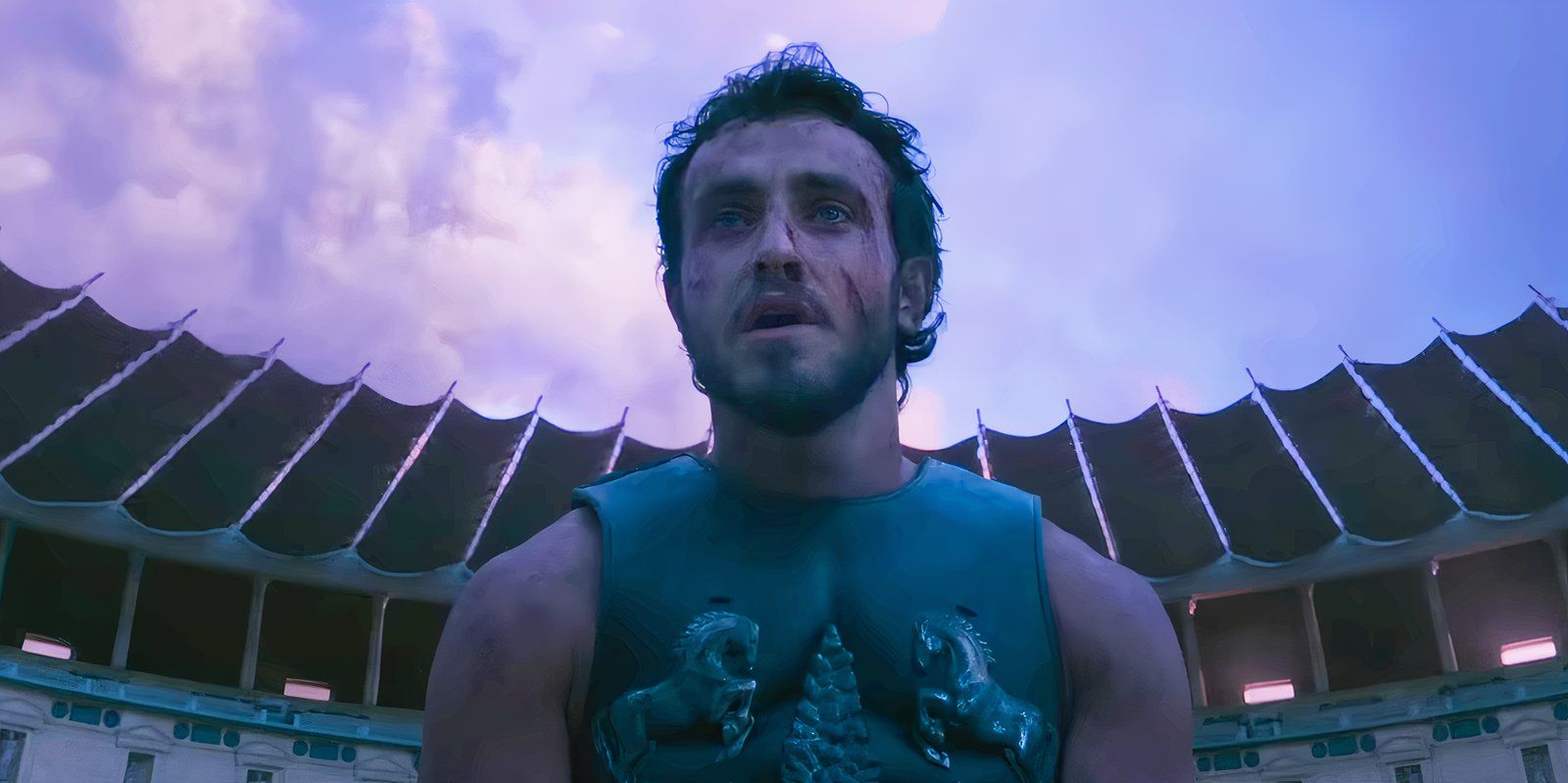
Related
“Total Hollywood Bullsh*t”: Gladiator 2 Is Being Slammed By Historians Before The Movie Even Comes Out
Gladiator 2 is being picked apart by historians before the movie has even gotten a chance to release in theaters, with sources calling it “bullsh*t.”
Where the sharks are concerned, however, they were not part of ancient Rome’s Colosseum battles, proving Gladiator 2‘s lack of historical accuracy in the film’s more exaggerated moments. There was reportedly no way of transporting sharks into the Colosseum, though crocodiles were reportedly used for entertainment by the Romans. As it turns out, the sharks were a fictional implementation into Gladiator 2‘s story to heighten the spectacle and stakes of the film’s naval battle.
The Siege Of Numidia Did Happen, But Much Earlier
The earliest battle in Gladiator 2 sees Lucius’ home in Numidia being attacked by the Roman Army. This siege did happen in real life but took place much earlier than the film depicts it. The real siege of Numidia took place during the Jugurthine War, between 112 BC and 106 BC, almost three centuries before Gladiator 2.
The conquest of Numidia was an important factor in the expansion of the Roman Empire.
This war took place after a man named Jugurtha – whom Gladiator 2‘s King of Numidia, Jubartha, was likely based on – took control of the kingdom from an ally of Rome. The powerful Empire stepped in, leading to many ports of Numidia being attacked and subjugated into the Roman Empire. This is depicted in Gladiator 2‘s opening, long after the Jugurthine War took place in real history.
Is Gladiator 2’s Doctor, Ravi, Historically Accurate?
Ravi’s Occupation Was Real, But The Character Was Not
One of the more important characters in Gladiator 2‘s final act is Ravi, a doctor to the gladiators who helps Lucius overthrow Macrinus. The character of Ravi was constructed for the film, yet his role as a carer of gladiators is based on real Roman history. Many doctors were used to treat the injuries of gladiators and prepare them for upcoming fights. This was due to the fact that gladiators were integral cogs in the Roman machine due to the entertainment they provided the citizens of the Empire.
Did The Colosseum Have A Figure Like Matt Lucas Announcing The Games?
In Gladiator 2, Matt Lucas appears in several scenes as an extended cameo. The character he plays is credited only as the Master of Ceremonies, begging the question of whether this is based on real history. Throughout the Roman Empire, there were many records of a Master of Ceremonies being a real position, used to usher guests into various forms of entertainment. While the connection between the Master of Ceremonies and the Colosseum remains unclear, it is likely the biggest form of entertainment in ancient Rome utilized this figure as Gladiator 2 does with Lucas’ character.
Was The Dream Of Rome Real?
A central thematic throughline of Gladiator and Gladiator 2 is Marcus Aurelius’ dream of Rome. This is the ideal that Rome will return to the ways of a democratic republic, as opposed to being an Empire ruled by tyrannical Emperors like Commodus, Caracalla, and Geta. The dream of Rome is mentioned at length in Gladiator, with Maximus’ fight for Aurelius’ vision leading to the film’s entire story, its best action sequences, and some of its most iconic quotes.
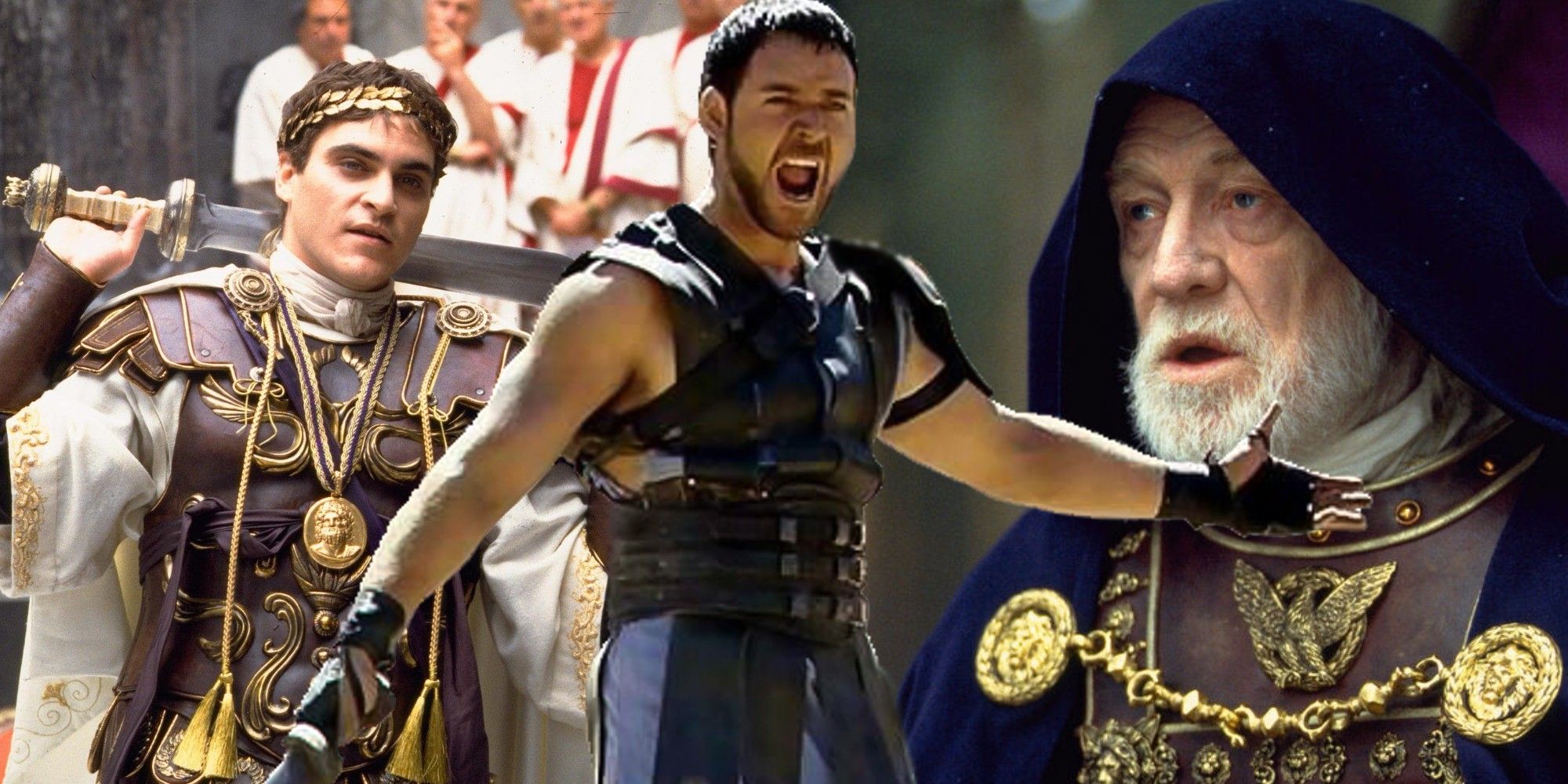
Related
Are You Not Entertained?! 25 Most Iconic Quotes From Gladiator
From “Are you not entertained?!” to “I will have my vengeance”, the best Gladiator quotes make up some of movie history’s most famous lines.
Despite Marcus Aurelius’ death in Gladiator, Lucius continued fighting for this dream in Gladiator 2, leading many to wonder if it was a real ideal. For the most part, the dream of Rome is fictional. Although the kingdom was known as the Roman Republic between 509 BC and 27 BC, it never returned to such after becoming the Roman Empire in the latter year. Therefore, Marcus Aurelius’ dream to turn Rome back into a republic is fictional, as are the stories of men like Maximus and Lucius who fight for this dream.
Most Of Gladiator 2’s Actual Story Is Entirely Fictional
Due to the dream of Rome being fictional, most of Gladiator 2‘s entire story is too. As alluded to, Lucius Verus died very young, meaning his entire arc in Gladiator 2 has been written for the purpose of the movie. While several elements are based on real facts, such as the infighting between Caracalla, Geta, and Macrinus, the way in which these events happen in Gladiator 2 is very different. All of this means that Gladiator 2‘s ending of Lucius becoming the prince of Rome and reinstalling the republic is fictional, regardless of the film’s somewhat fidelity to ancient Roman history in some aspects.

